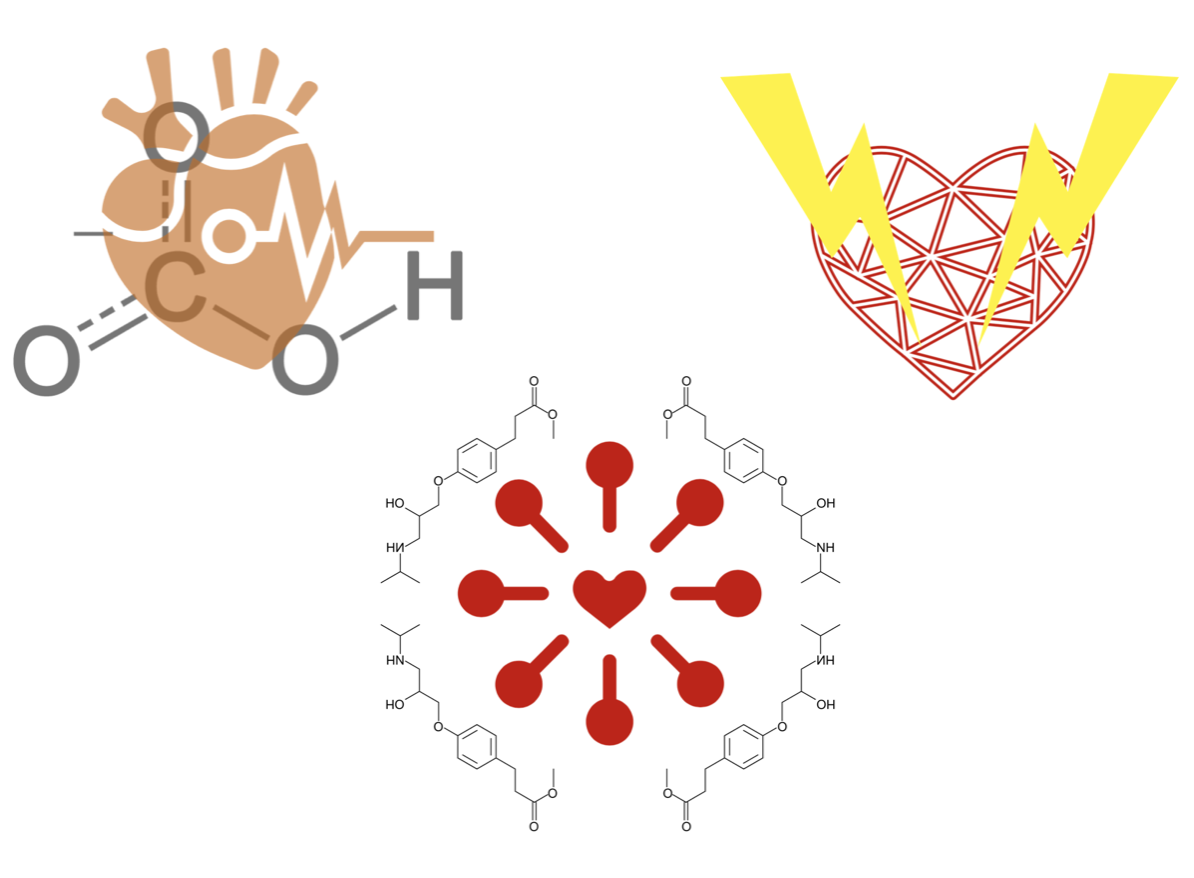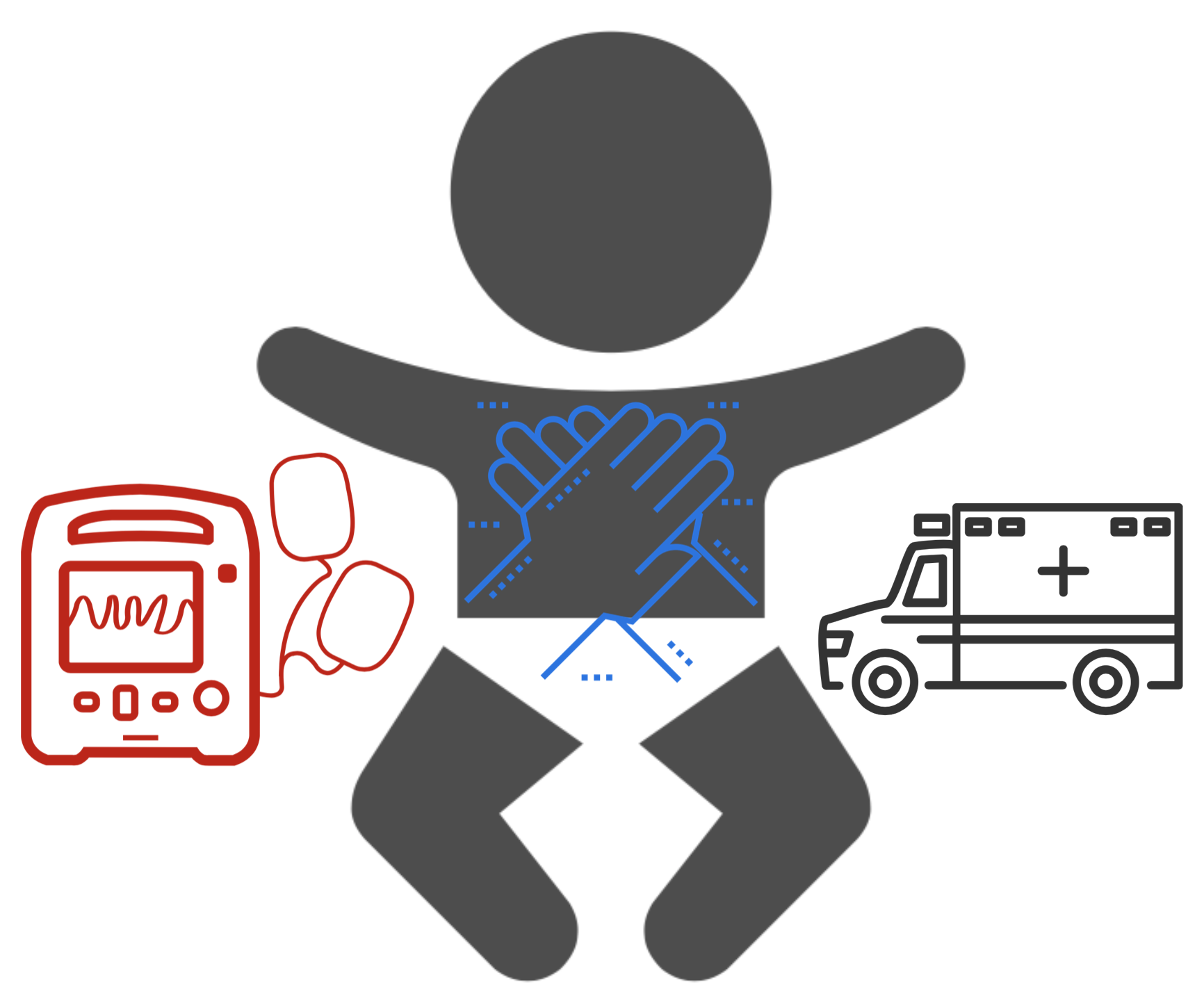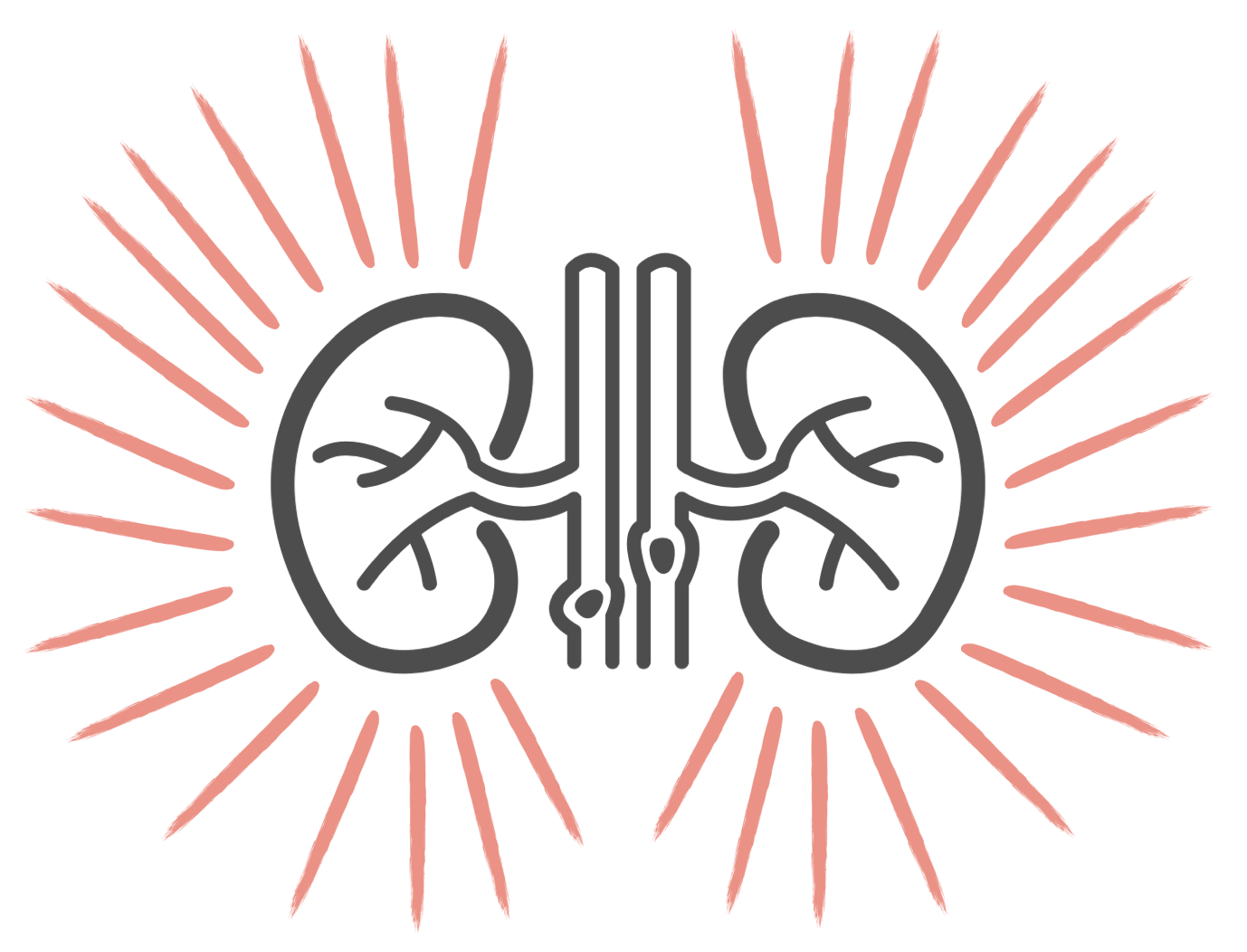Droperidol for Agitation in the ED - No Danger to the Dangerous?
/Droperidol is a versatile medication with a number of potential uses for patients in the Emergency Department. It is also a medication surrounded in some degree of mystique because of the decision by the FDA in 2001 to issue a black box warning for its use in response to reports of QT prolongation and torsades de pointes. Many at the time (and since) have argued that, despite these case reports, droperidol is a safe and effective medication that can be used for the treatment of agitation, nausea and vomiting, and migraine. We have previously covered much of this background in a previous blog post. In our most recent journal club, we discussed 3 articles that looked at the safety and efficacy of droperidol for treating acutely agitated patients. Take a read and listen below for an in depth look at each of these papers.
Read More


















